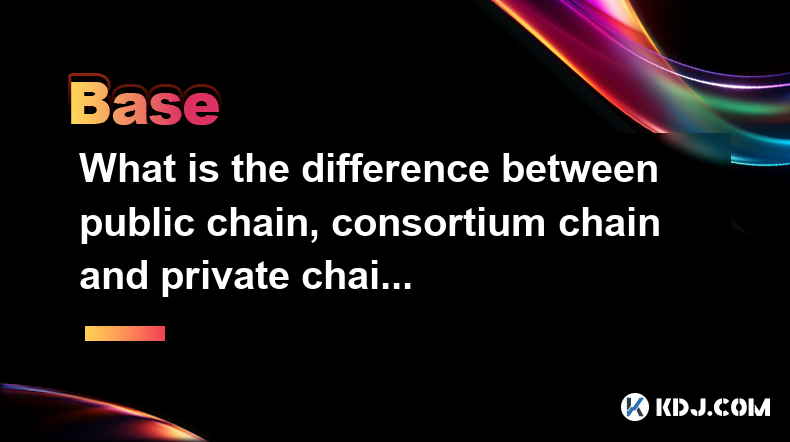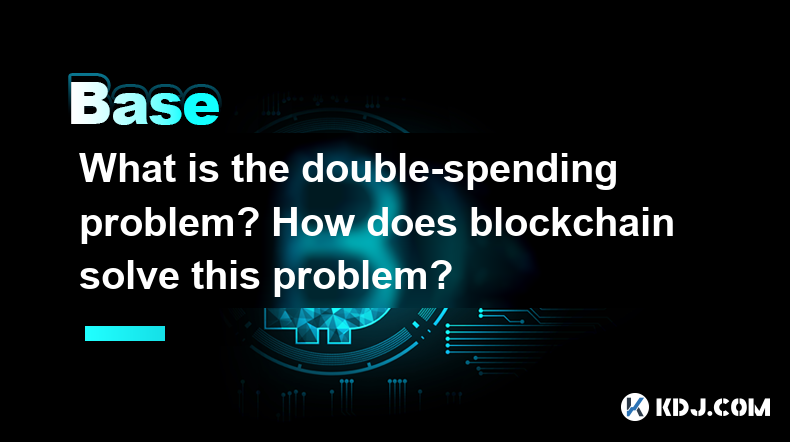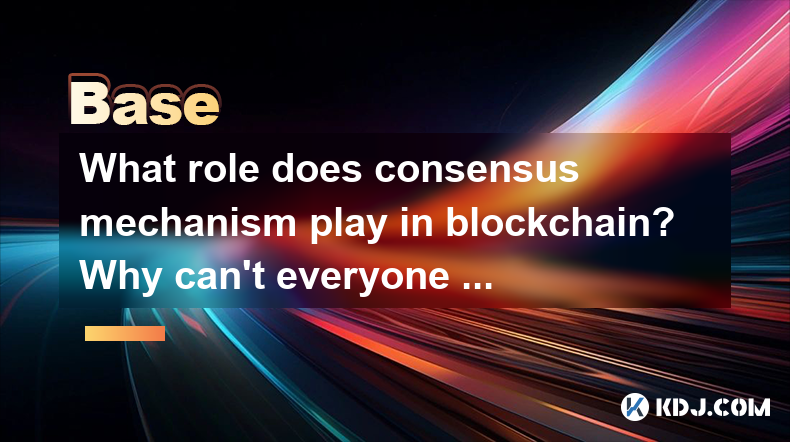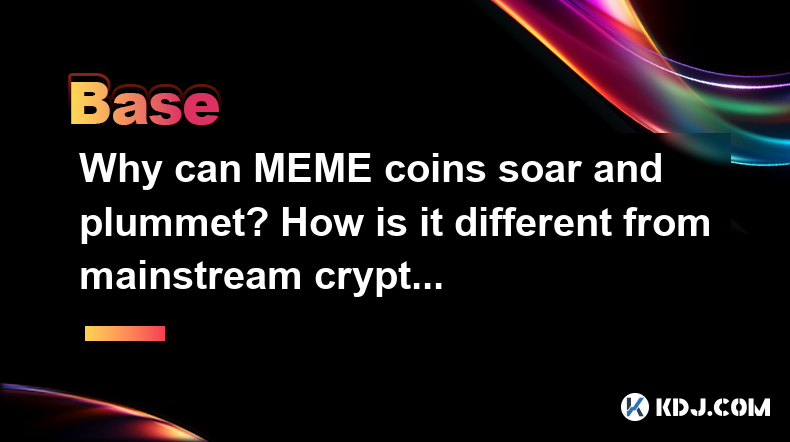-
 Bitcoin
Bitcoin $84,038.6422
1.85% -
 Ethereum
Ethereum $1,817.8801
0.92% -
 Tether USDt
Tether USDt $0.9995
0.00% -
 XRP
XRP $2.1351
3.96% -
 BNB
BNB $598.4742
1.52% -
 Solana
Solana $123.1644
5.86% -
 USDC
USDC $1.0000
0.00% -
 Dogecoin
Dogecoin $0.1709
7.15% -
 Cardano
Cardano $0.6626
2.26% -
 TRON
TRON $0.2390
1.01% -
 UNUS SED LEO
UNUS SED LEO $9.5317
1.49% -
 Chainlink
Chainlink $13.0080
1.82% -
 Toncoin
Toncoin $3.3962
-5.04% -
 Stellar
Stellar $0.2604
0.70% -
 Avalanche
Avalanche $18.1814
0.43% -
 Sui
Sui $2.2789
2.22% -
 Shiba Inu
Shiba Inu $0.0...01230
0.88% -
 Hedera
Hedera $0.1653
1.62% -
 Litecoin
Litecoin $84.3499
1.79% -
 Polkadot
Polkadot $4.0537
0.26% -
 MANTRA
MANTRA $6.2954
-1.62% -
 Bitcoin Cash
Bitcoin Cash $301.4205
0.84% -
 Bitget Token
Bitget Token $4.5323
1.18% -
 Dai
Dai $1.0000
0.01% -
 Ethena USDe
Ethena USDe $0.9991
-0.04% -
 Hyperliquid
Hyperliquid $12.3547
4.90% -
 Monero
Monero $215.9297
1.84% -
 Uniswap
Uniswap $5.9374
2.16% -
 Pi
Pi $0.5289
-7.55% -
 Pepe
Pepe $0.0...07202
8.30%
What does Sharding mean in blockchain
Sharding in blockchain, by dividing the network into independent subnetworks called shards, enhances scalability by distributing transaction processing and reducing network congestion.
Oct 23, 2024 at 05:20 pm

What is Sharding in Blockchain?
1. Definition:
Sharding is a technique used in blockchain technology to improve scalability by dividing the blockchain network into smaller, independent subnetworks known as shards.
2. Purpose:
The primary purpose of sharding is to address the limitations of traditional blockchain networks, which can become slow and congested when processing large numbers of transactions.
3. How Sharding Works:
Sharding involves dividing the blockchain into multiple shards, each of which processes a subset of the transactions. This division reduces the workload on individual nodes and allows for parallel processing, increasing the network's overall capacity.
4. Benefits of Sharding:
- Increased Scalability: By dividing the blockchain into shards, sharding significantly improves transaction processing capacity without sacrificing security.
- Reduced Congestion: Transactions are distributed across multiple shards, reducing congestion and improving network performance.
- Parallel Processing: Shards can operate independently, allowing for simultaneous processing of large volumes of transactions.
5. Limitations of Sharding:
- Data Fragmentation: Sharding introduces data fragmentation, as each shard contains only a portion of the blockchain data.
- Inter-Shard Communication: Transactions that span multiple shards require coordination and communication, which can add latency.
- Security Concerns: Shard isolation can create vulnerability points that attackers could exploit.
6. Applications of Sharding:
Sharding is particularly beneficial for blockchain networks with high transaction volumes, such as:
- Payment networks
- Decentralized exchanges
- Smart contract platforms
- Supply chain management
Disclaimer:info@kdj.com
The information provided is not trading advice. kdj.com does not assume any responsibility for any investments made based on the information provided in this article. Cryptocurrencies are highly volatile and it is highly recommended that you invest with caution after thorough research!
If you believe that the content used on this website infringes your copyright, please contact us immediately (info@kdj.com) and we will delete it promptly.
- Solana (SOL) gains nearly 2% in the last 24 hours and trades at $118.28
- 2025-04-05 05:30:12
- Troller Cat ($TCAT): A New Breed of Meme Coin Targeting 100x Gains
- 2025-04-05 05:30:12
- Brace Yourself—over $600M Worth of Tokens Are Unlocking This Week
- 2025-04-05 05:25:12
- The memecoin market remains a space highly filled with speculative, volatile tokens
- 2025-04-05 05:25:12
- Itaú Unibanco, the Largest Banking Institution in Brazil, Is Considering Issuing a Stablecoin
- 2025-04-05 05:20:12
- title: BitMEX co-founder Arthur Hayes believes Bitcoin (BTC) will soon start printing rallies
- 2025-04-05 05:20:12
Related knowledge

Why is the oracle called the bridge between blockchain and the real world?
Apr 04,2025 at 04:00am
The concept of an oracle in the cryptocurrency and blockchain world is crucial for understanding how these decentralized systems interact with external data. The oracle is often referred to as the bridge between blockchain and the real world because it serves as a vital intermediary that fetches, verifies, and transmits off-chain data to the on-chain en...

What role does the Merkle tree play in the blockchain? Why can it verify data integrity?
Apr 04,2025 at 01:29pm
The Merkle tree plays a crucial role in the blockchain, primarily due to its ability to efficiently and securely verify data integrity. This article will delve into the structure of a Merkle tree, its implementation in blockchain, and how it ensures the integrity of data. Understanding the Structure of a Merkle TreeA Merkle tree, also known as a hash tr...

What is the difference between public chain, consortium chain and private chain? What scenarios are suitable for each?
Apr 04,2025 at 09:21pm
In the world of blockchain technology, understanding the differences between public chains, consortium chains, and private chains is crucial for selecting the right type of blockchain for specific applications. Each type of blockchain has its own unique characteristics and use cases, which we will explore in detail. Understanding Public ChainsPublic cha...

What is the double-spending problem? How does blockchain solve this problem?
Apr 04,2025 at 09:07am
The double-spending problem is a significant challenge in the realm of digital currencies. Double-spending refers to the potential for a digital currency to be spent more than once. This issue arises because digital files, unlike physical cash, can be easily duplicated. If not addressed, double-spending could undermine the integrity and trust in any dig...

What role does consensus mechanism play in blockchain? Why can't everyone keep accounts?
Apr 05,2025 at 12:29am
The consensus mechanism is a fundamental component of blockchain technology, serving as the backbone for maintaining the integrity and security of the network. It ensures that all participants in the network agree on the state of the ledger, which is crucial for the decentralized nature of blockchain. Without a consensus mechanism, the decentralized sys...

Why can MEME coins soar and plummet? How is it different from mainstream cryptocurrencies?
Apr 04,2025 at 03:07pm
The world of cryptocurrencies is vast and diverse, with a wide range of digital assets that cater to different needs and interests. Among these, MEME coins have carved out a unique niche, often experiencing dramatic price fluctuations that can both soar and plummet in a short period. This phenomenon, while intriguing, differs significantly from the beha...

Why is the oracle called the bridge between blockchain and the real world?
Apr 04,2025 at 04:00am
The concept of an oracle in the cryptocurrency and blockchain world is crucial for understanding how these decentralized systems interact with external data. The oracle is often referred to as the bridge between blockchain and the real world because it serves as a vital intermediary that fetches, verifies, and transmits off-chain data to the on-chain en...

What role does the Merkle tree play in the blockchain? Why can it verify data integrity?
Apr 04,2025 at 01:29pm
The Merkle tree plays a crucial role in the blockchain, primarily due to its ability to efficiently and securely verify data integrity. This article will delve into the structure of a Merkle tree, its implementation in blockchain, and how it ensures the integrity of data. Understanding the Structure of a Merkle TreeA Merkle tree, also known as a hash tr...

What is the difference between public chain, consortium chain and private chain? What scenarios are suitable for each?
Apr 04,2025 at 09:21pm
In the world of blockchain technology, understanding the differences between public chains, consortium chains, and private chains is crucial for selecting the right type of blockchain for specific applications. Each type of blockchain has its own unique characteristics and use cases, which we will explore in detail. Understanding Public ChainsPublic cha...

What is the double-spending problem? How does blockchain solve this problem?
Apr 04,2025 at 09:07am
The double-spending problem is a significant challenge in the realm of digital currencies. Double-spending refers to the potential for a digital currency to be spent more than once. This issue arises because digital files, unlike physical cash, can be easily duplicated. If not addressed, double-spending could undermine the integrity and trust in any dig...

What role does consensus mechanism play in blockchain? Why can't everyone keep accounts?
Apr 05,2025 at 12:29am
The consensus mechanism is a fundamental component of blockchain technology, serving as the backbone for maintaining the integrity and security of the network. It ensures that all participants in the network agree on the state of the ledger, which is crucial for the decentralized nature of blockchain. Without a consensus mechanism, the decentralized sys...

Why can MEME coins soar and plummet? How is it different from mainstream cryptocurrencies?
Apr 04,2025 at 03:07pm
The world of cryptocurrencies is vast and diverse, with a wide range of digital assets that cater to different needs and interests. Among these, MEME coins have carved out a unique niche, often experiencing dramatic price fluctuations that can both soar and plummet in a short period. This phenomenon, while intriguing, differs significantly from the beha...
See all articles





















































































